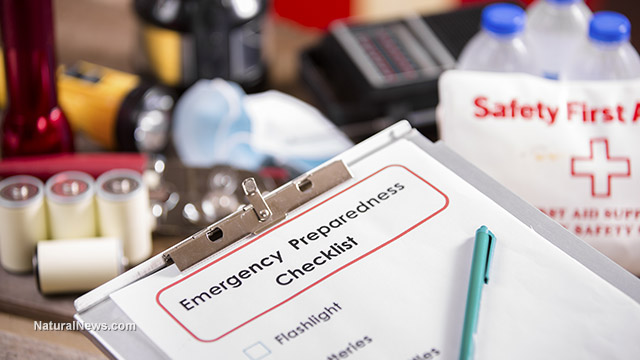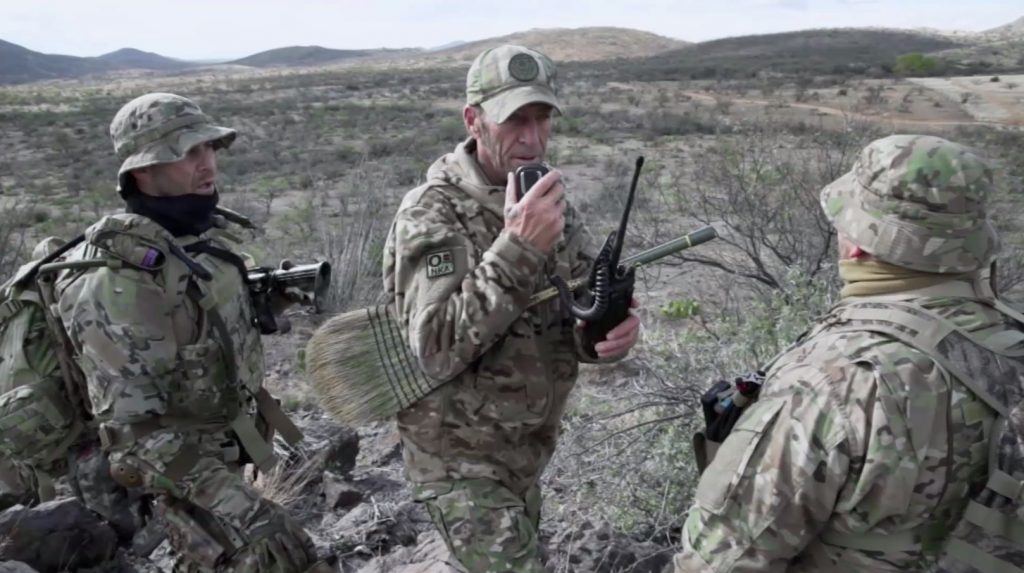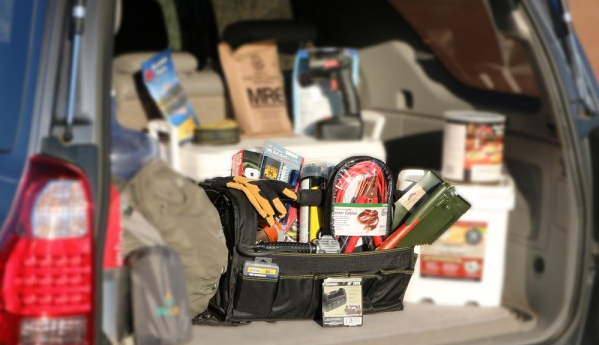How to treat life threatening injuries in the wild
05/19/2016 / By Chris Draper

(Learn how to be self-reliant for FREE during the online Self Reliance Summit by clicking here)
It’s no secret that living in a city increases the risk of injury. Many people retreat to the wilderness to escape the stress, pollution and traffic that plague city life. Yet just because you’re in the woods doesn’t mean you’re out of the woods. There are plenty of ways the wild can kill you too. Don’t step foot in the woods before you know how to treat these life threatening injuries.
Scorpion sting: A scorpion sting will become agitated if left untreated. In the event you are stung by a scorpion, wash the affected area with water and soap. Then, apply a cool compress to alleviate swelling and boost circulation. If you are stung on the arm or leg, elevate the afflicted limb to heart level if possible.(1)
Arterial bleeding: Humans are subject to cuts and bruises in the woods. If bright red blood is shooting from the wound, you have arterial bleeding, which is extremely dangerous. You can help stop the bleeding by elevating the injury above the heart and applying pressure to it. If bleeding does not stop, hold the wound up for 15 minutes if possible. As a last resort, tie a tourniquet above the wound and tighten it until blood stops flowing. A tourniquet should be your last resort, since using it may lead to the need for amputation.(1)
Broken Bone: It’s not uncommon for people to break a bone while hiking. In the absence of immediate medical attention, setting the bone might be the only way to save your broken arm or leg. If you hear the grim sound of a bone breaking, try to asses the damage. If the limb is pale or blue, tingles, or lacks circulation, you’ll need to set the bone. You can realign the limb into normal resting position by pulling in opposite directions on both sides of the break.(1)
Sponsored solution from the Health Ranger Store: The Big Berkey water filter removes almost 100% of all contaminants using only the power of gravity (no electricity needed, works completely off-grid). Widely consider the ultimate "survival" water filter, the Big Berkey is made of stainless steel and has been laboratory verified for high-efficiency removal of heavy metals by CWC Labs, with tests personally conducted by Mike Adams. Explore more here.
Second degree burn: A second degree burn extends to the top layer of skin and is usually accompanied by blisters. You can treat a second degree burn by running the afflicted area under cool water for 15 minutes and trimming away any loose skin. A daily slather of nonadhesive dressing is also recommended. In the case of a more severe burn, it’s best to treat the victim for shock and transport him to the nearest hospital.(1)
Frostbite: The contrast to a second degree burn is frostbite. If you find yourself in cold conditions, you may have to treat yourself for frostbite. It occurs whenever the skin becomes hard, numb and red. The best way to treat frost bite is to get out of the cold. Remove any jewelry to reduce swelling too. If warm water isn’t available, use body heat to treat the frostbite and wrap the injury in sterile bandages.(1)
Dehydration: It is a little known fact that dehydration is just as likely to occur in the cold as in the heat. If you do experience the symptoms of dehydration, drink clear fluids. Also try to move to a lower elevation. The air is thinner in high elevations, which can make you breathe harder and sweat more.(1)
Snake bite: Snake bites are all too common in the woods. Even a bite from a nonvenomous snake can cause infection or an allergic reaction. You may not know if the snake bite is poisonous. It’s best to wash the bite with water and soap, immobilize the bitten area to lower your heart rate, and monitor your pulse. If you cannot reach emergency medical care within 30 minutes, place a suction device over the bite to help suck out the venom. Use your mouth as a last resort, and then spit it out. Finally, wrap a bandage around the bite, but don’t totally cut off circulation. The bandage should be loose enough to slip a finger under.(1)
Food poisoning: We’ve all heard the tale of someone eating a bad batch of mushrooms or berries in the woods. Most cases of food poisoning are mild and clear up in a few days. During that time, however, it’s important that you stay hydrated. If you have apple cider vinegar, mix it with water and sip on it until your symptoms stop.(1)
Poison Ivy: Poison ivy is perhaps the most common ailment in the woods. It’s marked by itchiness, redness, swelling, blisters and difficulty breathing. Poison ivy spreads. Take your clothes off and place them in a plastic bag if available. Apply rubbing alcohol to the skin to dissolve the poison ivy and prevent spreading. In addition, rinse the area with cool water. If you’re in the woods, you can rinse your body off in a running stream. Meanwhile, don’t scratch the rash. You could break the skin and enable bacteria to contaminate the wound. To prevent yourself from scratching, try placing a sterile patch over the wound.(1)
There are all sorts of ways the wilderness can kill us. With these nuggets of wisdom in mind, however, you’ll be able to say loudly and proudly that you withstood the woods.
Source:
(1) Johnson, Rich. The Ultimate Survival Manual (Outdoor Life). Outdoor Life Publishing. 2012.
Tagged Under: camping, emergency, preparedness




















